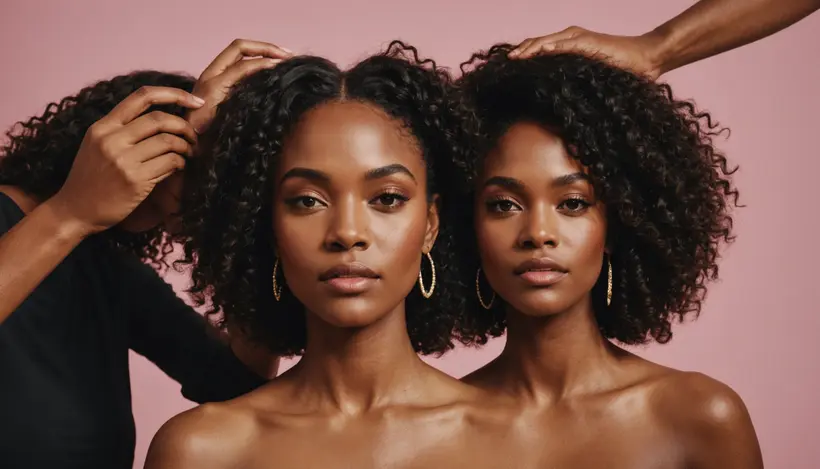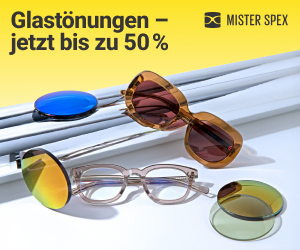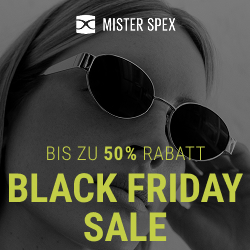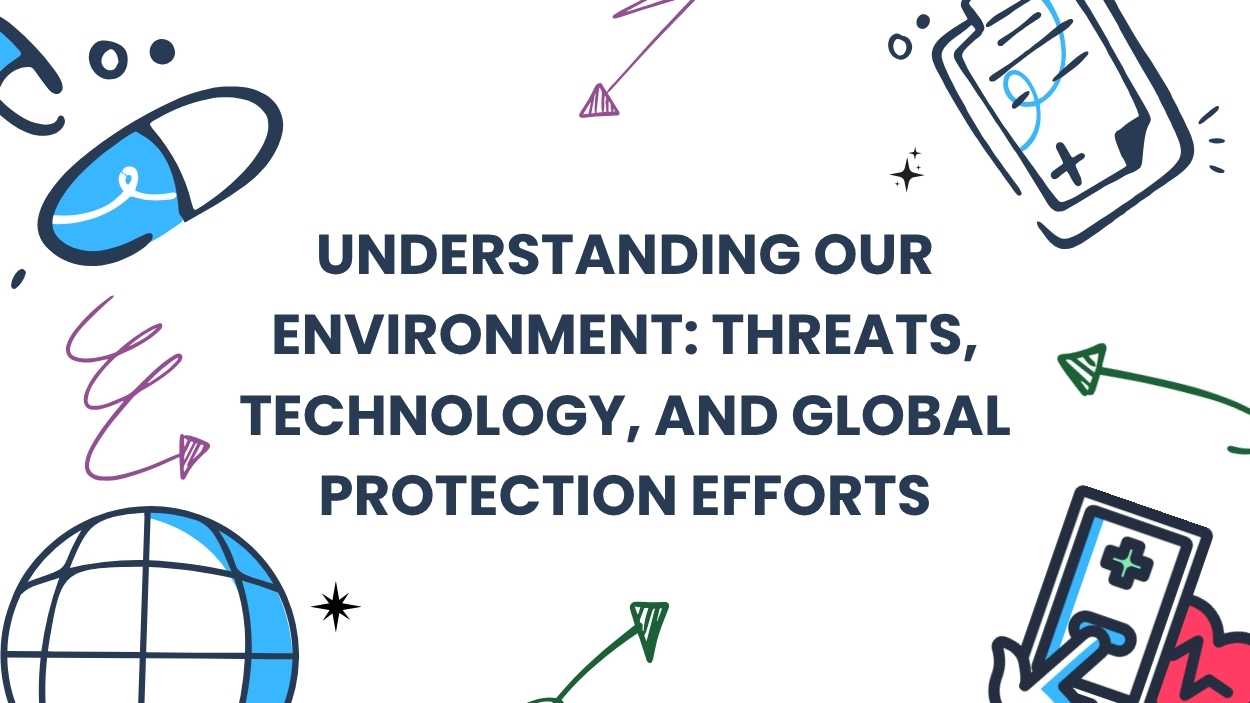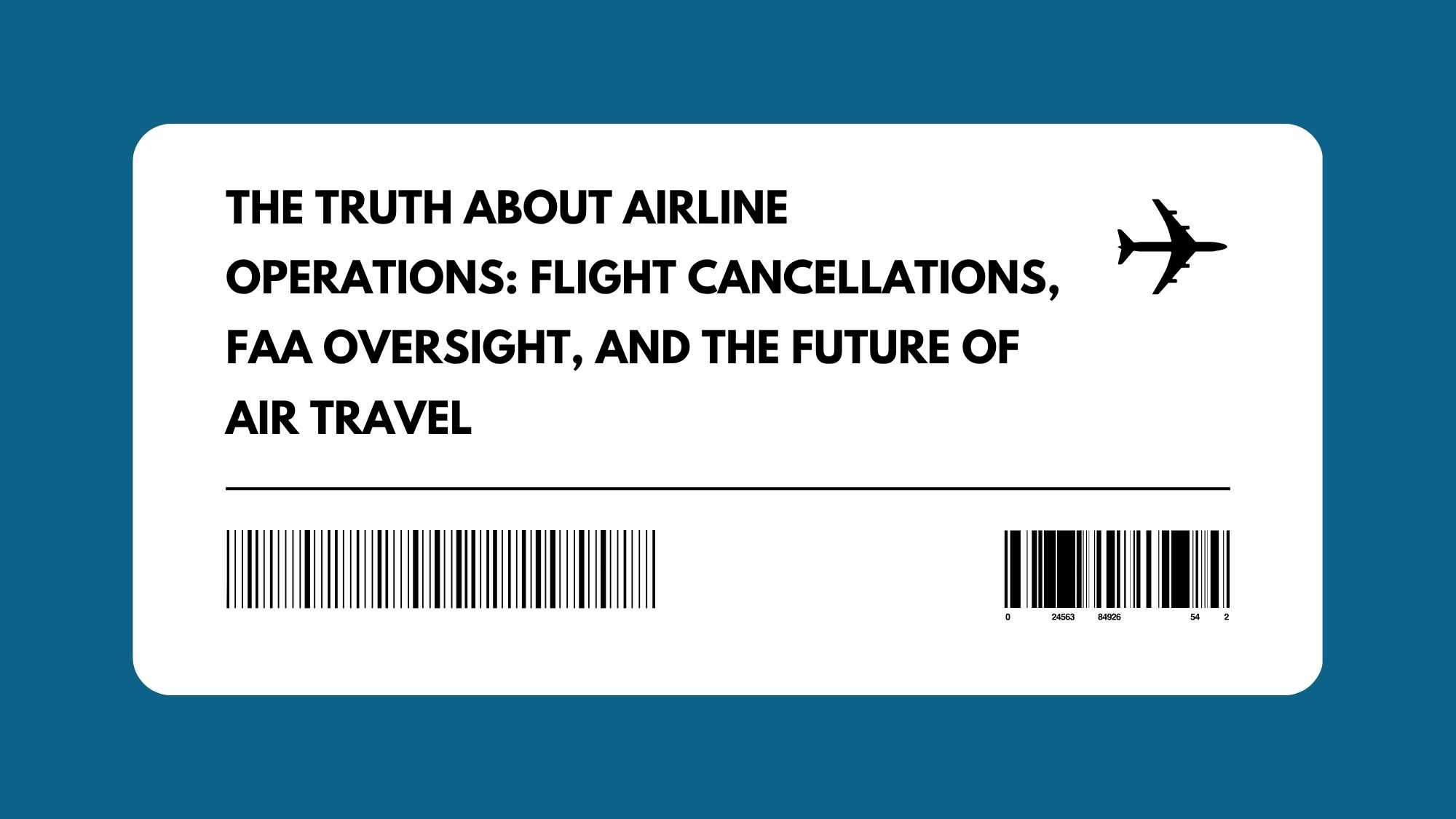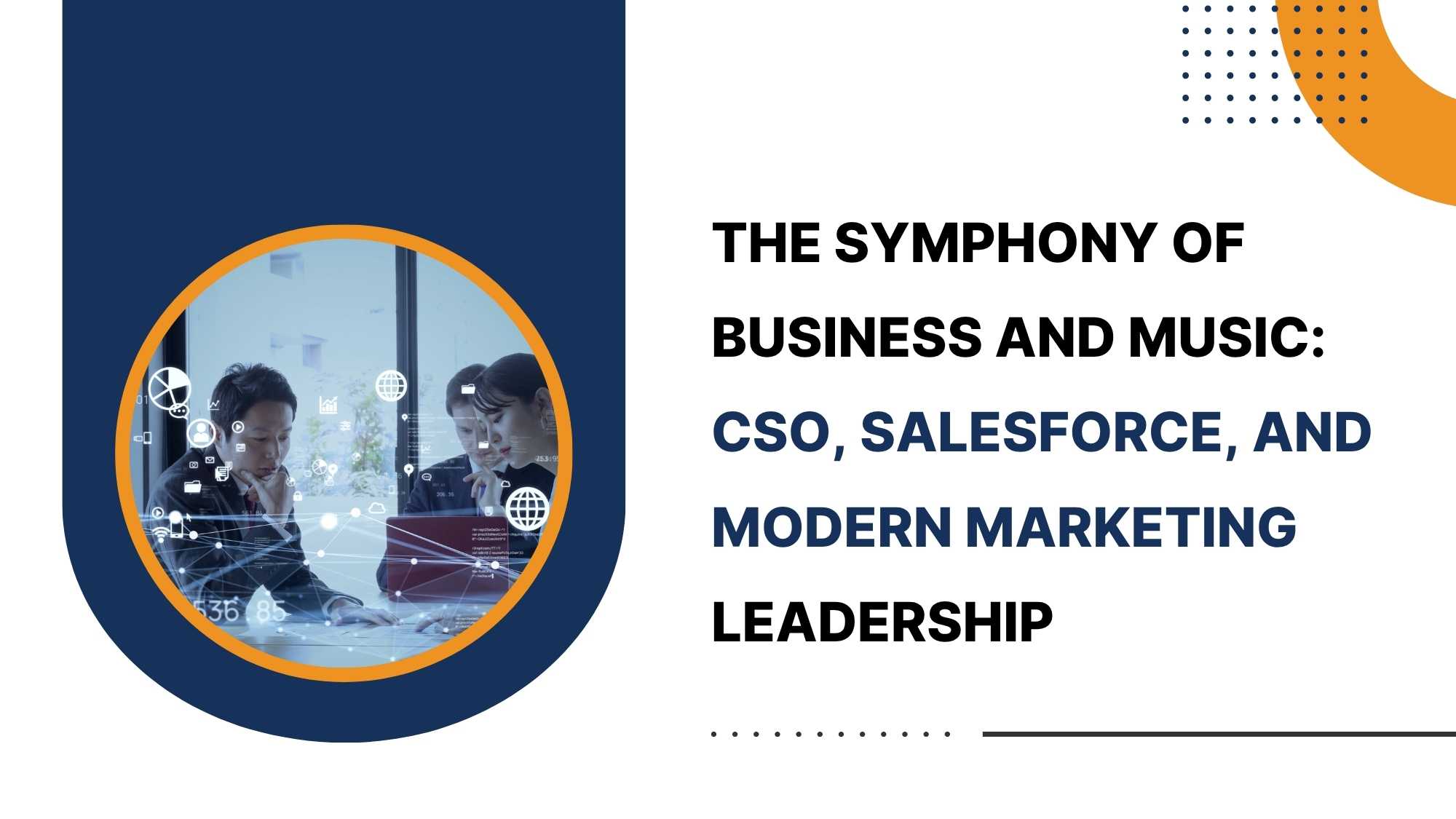In a world where societal and governmental shifts have, at times, led to a retreat from diversity, equity, and inclusion initiatives, the beauty industry stands out as a beacon of progress. While other sectors have seen cutbacks in their DEI programs, fueled by changing political landscapes and company reorganizations, the beauty industry has doubled down. This commitment is no accident; as the latest data from the SeeMe Inclusivity Index for beauty brands, demonstrates that fostering inclusivity isn’t just a moral imperative, it’s a powerful engine for financial growth and market dominance.
The Bottom Line: Inclusivity Fuels the Bottom Line
The core finding of the SeeMe Index—that inclusive brands enjoy faster growth than their less inclusive counterparts—should be a wake-up call for any business, inside or outside of the beauty industry. The Index, leveraging sales data and evaluating a broad spectrum of identity dimensions from gender expression to visible disabilities, clearly illustrates that consumers are voting with their wallets. This is not about ‘wokeness’, or simply ticking boxes, it’s about understanding and catering to the diverse tapestry of your target audience, a philosophy that is resonating deeply with younger generations. The Index reveals a significant jump in sales for the ‘Certified Inclusive’ brands, proving that a true commitment to inclusivity translates directly into increased revenue and market share.
Authenticity Matters: More Than Just a Facade
The report also highlights a crucial point: consumers can see through superficial efforts. Brands that consistently demonstrate inclusivity across all touchpoints, from advertising to product design, are the ones that truly connect with their audience. MAC Cosmetics, for instance, has long been a staunch ally of the trans and gender-nonconforming communities, which is shown in their ads and their partnerships with relevant artists. This consistent commitment builds trust and loyalty, while performative actions, such as one-off campaigns or superficial representation, ultimately fall flat. Consumers now have much higher standards, and authenticity is the key to creating a powerful brand.
Challenges Remain: Addressing Colorism and Beyond
While the overall trend is positive, the SeeMe Index’s insights also illuminate areas where the industry must continue to improve. The persistence of colorism in advertising, especially in the context of creator content, is a major area of concern. The report’s recommendation to use the Monk Skin Tone Scale, which offers a broader and more nuanced understanding of skin tones than previously-utilized scales, is a crucial step towards addressing this challenge. Furthermore, the burgeoning growth of brands owned and founded by people of color, which show more diverse representation in several aspects, from talent age to testing transparency, are driving innovation and further improving inclusivity.
Looking Ahead: Inclusivity’s Expanding Reach
The beauty industry’s commitment to inclusivity serves as a model for all other consumer sectors. The SeeMe Index’s expansion into other markets, which is something that has already started happening, underlines the growing understanding that inclusivity is no longer an optional extra but a foundational element of a successful business strategy. As consumers’ demands for authentic representation and genuine commitment to diversity increase, those companies that embrace inclusivity, both in their products and their approach to marketing, will be the ones that thrive. The future of beauty, and perhaps all industries, is undoubtedly inclusive.


